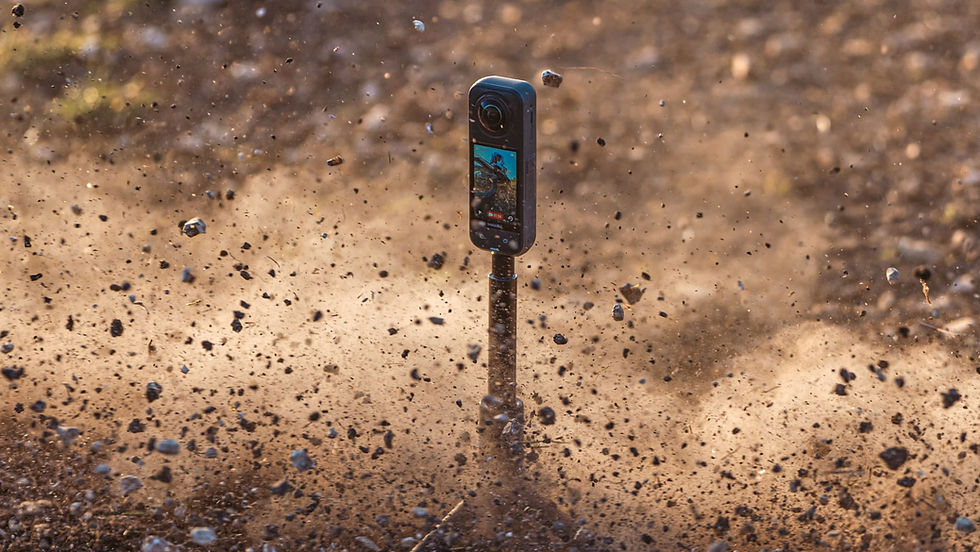Microsoft is planning to form a new "superintelligence" team aimed at developing artificial intelligence vastly more capable than humans in specific areas, initially focusing on medical diagnostics. The executive leading the initiative confirmed this.

The project, named the MAI Superintelligence Team, mirrors initiatives by Meta Platforms, Safe Superintelligence Inc, and other organisations. These efforts target significant technical advancements, though they have faced scepticism regarding their feasibility without further breakthroughs.
AI chief Mustafa Suleyman, who is in charge of the effort, stated that Microsoft intends to invest "a lot of money" in the project.
Meta Platforms offered signing bonuses of $100 million in 2025 to attract prominent AI talent. Suleyman did not comment on whether similar offers or recruitment tactics were under consideration by Microsoft.
However, Suleyman affirmed that Microsoft AI would continue to recruit from other leading laboratories, while staffing its new team with existing researchers and Karen Simonyan as chief scientist.

Microsoft's approach includes a distinct element. Suleyman noted that the company is not pursuing "infinitely capable generalist" AI, unlike some other entities. He expressed doubts that autonomous, self-improving machines could be adequately controlled, despite ongoing research into AI containment strategies.
Instead, Microsoft envisions "humanist superintelligence," technology designed to solve specific problems and provide tangible real-world benefits.
"Humanism requires us to always ask the question: does this technology serve human interests?" Suleyman stated.
AI theorists and developers have extensively debated whether the technology presents imminent danger or is harmless compared to issues like machine-learned bias, and trustworthiness.
Suleyman's objective is to direct the Microsoft team towards specialist models capable of achieving "superhuman performance," while posing "virtually no existential risk whatsoever." He cited AI for battery storage solutions or molecule development as examples, referencing DeepMind's AlphaFold models which predict protein structures.
Suleyman was a co-founder of DeepMind.
For diagnosis, a field of longstanding interest in AI and a focus for Microsoft, Suleyman indicated the company has a "line of sight to medical superintelligence in the next two to three years."
This initiative relies on AI capable of reasoning through problems and will necessitate further breakthroughs. If successful, Suleyman believes the AI would "increase our life expectancy and give everybody more healthy years, because we'll be able to detect preventable diseases much earlier."
Microsoft plans to form a new MAI Superintelligence Team.
The team aims to develop AI vastly more capable than humans, starting with medical diagnostics.
AI chief Mustafa Suleyman leads the effort and stated Microsoft will invest heavily in the project.
Source: REUTERS




